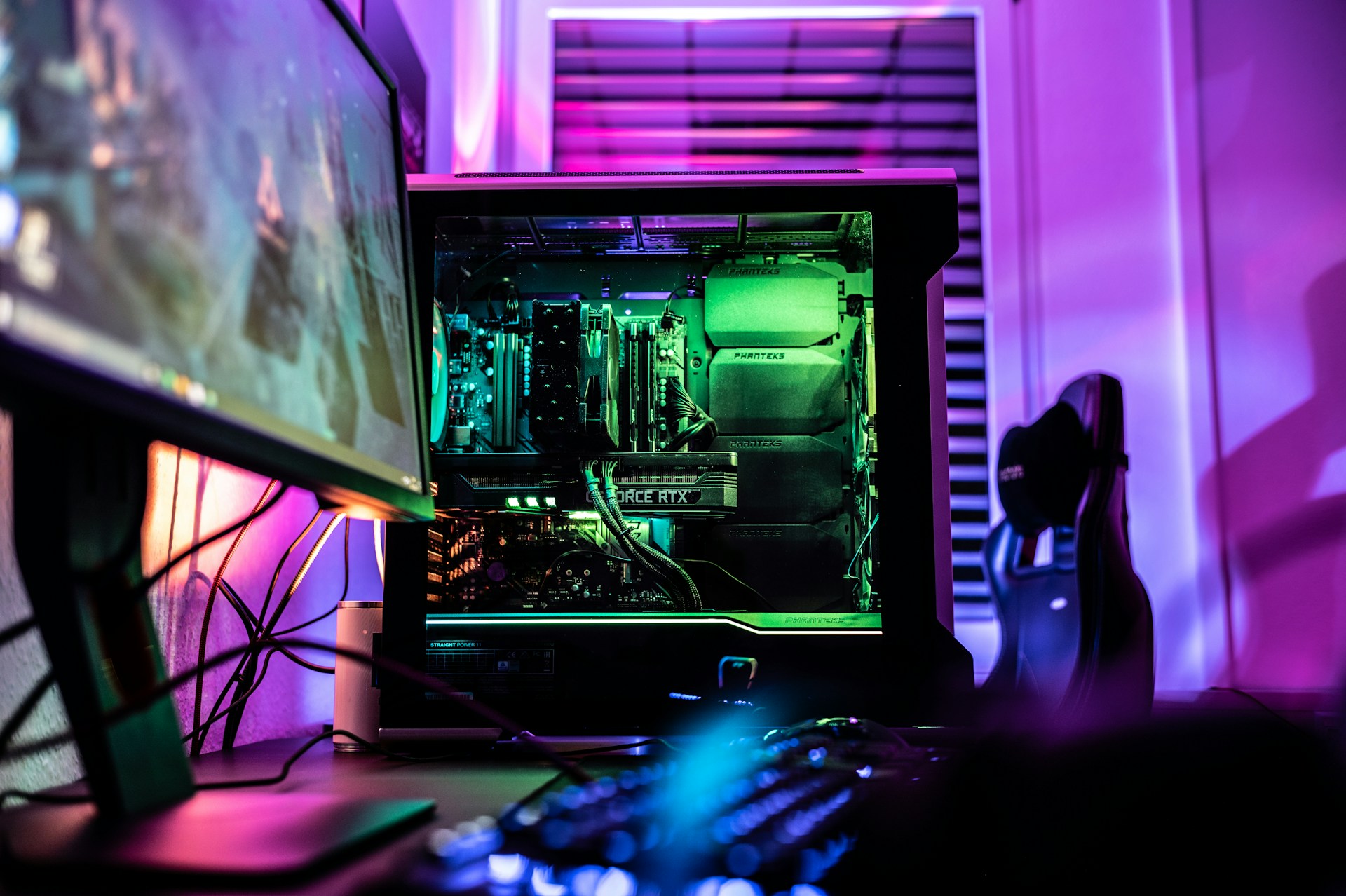The debate between HDMI vs DisplayPort often comes down to personal preference, but there are some key differences between these two cables. Both are used for hooking up displays, TVs and monitors. Either can get the job done although HDMI is generally the best option for most people. However, if you’re wondering what the difference is, there’s a couple things you should know.
Are HDMI and DisplayPort the Same?
HDMI and DisplayPort are not the same thing. When trying to compare HDMI vs DisplayPort, the two cable headers or outlets might look very similar. Both are flat, rectangular and smaller than a VGA or DVI cable. However, if you look closely at the cable headers, you’ll notice a small but important difference.
There is a slight shape difference between HDMI vs DisplayPort. HDMI cable headers are angled on two corners while DisplayPort headers are only angled on one corner. Plus, the pin headers inside the cable headers are shaped differently. The pin header is the flat piece you can see in the middle of the metal cable header.
So, at first glance these two cables might look similar but HDMI and DisplayPort are not compatible with one another. They’re also made for different purposes. HDMI cables are designed to transmit data over a longer distance while DisplayPort cables prioritize maximizing the amount of data transmitted.
Uses for HDMI vs DisplayPort
How do you know when you should use HDMI vs DisplayPort if your TV, laptop or monitor has outlets for both? This is pretty common with modern displays. Usually the choice comes down to what kind of performance you want.
When to Use HDMI
If you’re trying to decide between HDMI vs DisplayPort, you should most likely choose HDMI. This is the best cable for most everyday uses. It’s much more commonly found than DisplayPort, more budget friendly, more compact and delivers similar performance.
If you’re often working with other people, such as in an office or school, HDMI will be compatible with most other people’s devices. For example, even Macbooks have HDMI ports, but do not support DisplayPort. HDMI is also more common on devices like smart boards, monitors and TVs.
When to Use DisplayPort
If you’re gaming, you should use the DisplayPort cable to connect your monitor if you can. DisplayPort cables support higher bandwidth, meaning you can get a higher refresh rate. Of course, this depends in part on the max refresh rate of your monitor. However, using a DisplayPort cable will ensure you get the fastest display performance possible.
DisplayPort is also a good choice if you want to use 4K or other high resolution settings, whether on your computer or TV. The higher bandwidth support you get with DisplayPort will ensure your image quality remains high even with high-resolution video content.
While DisplayPort is great for gaming, it’s worth noting that it may not always be an option. For example, even the top-of-the-line PS5 console doesn’t have DisplayPort and only supports HDMI display connections. Likewise, most gaming PCs and laptops without a dedicated GPU do not have DisplayPort outlets. Whenever this is the case, you’ll have to stick to HDMI.
HDMI vs DisplayPort: Which One is Better?
If you do have a choice between HDMI vs DisplayPort, which one should you opt for? In general, DisplayPort will deliver better quality and performance. This is particularly true for high-resolution content or gaming. The hardware you’re using may limit the max image quality and refresh rate you can get, though.
For example, DisplayPort 2.0 supports up to 144Hz refresh rate for 4K, but you may not actually get that performance if your display doesn’t match up. The cable’s max performance can be capped by a lower-powered monitor’s max performance. This is part of why DisplayPort is often only found on high-end displays and monitors.
There is one area where HDMI is better than DisplayPort: cable length. HDMI can support cables up to 50 feet long while DisplayPort cables max out at only 6 feet. Most people only need their display cables to be a few feet long. However, if you are in a unique situation where you need a long cable, HDMI is the better option.
Should You Use HDMI or DisplayPort?
At the end of the day, the HDMI vs DisplayPort debate comes down to a few specific cases where one or the other is better. For the most part, both cables will deliver similar quality and performance. HDMI is much more common, making it ideal for most users. However, there are certain cases where the premium capabilities of DisplayPort make it a better option than HDMI.
Recent Stories
Follow Us On
Get the latest tech stories and news in seconds!
Sign up for our newsletter below to receive updates about technology trends














